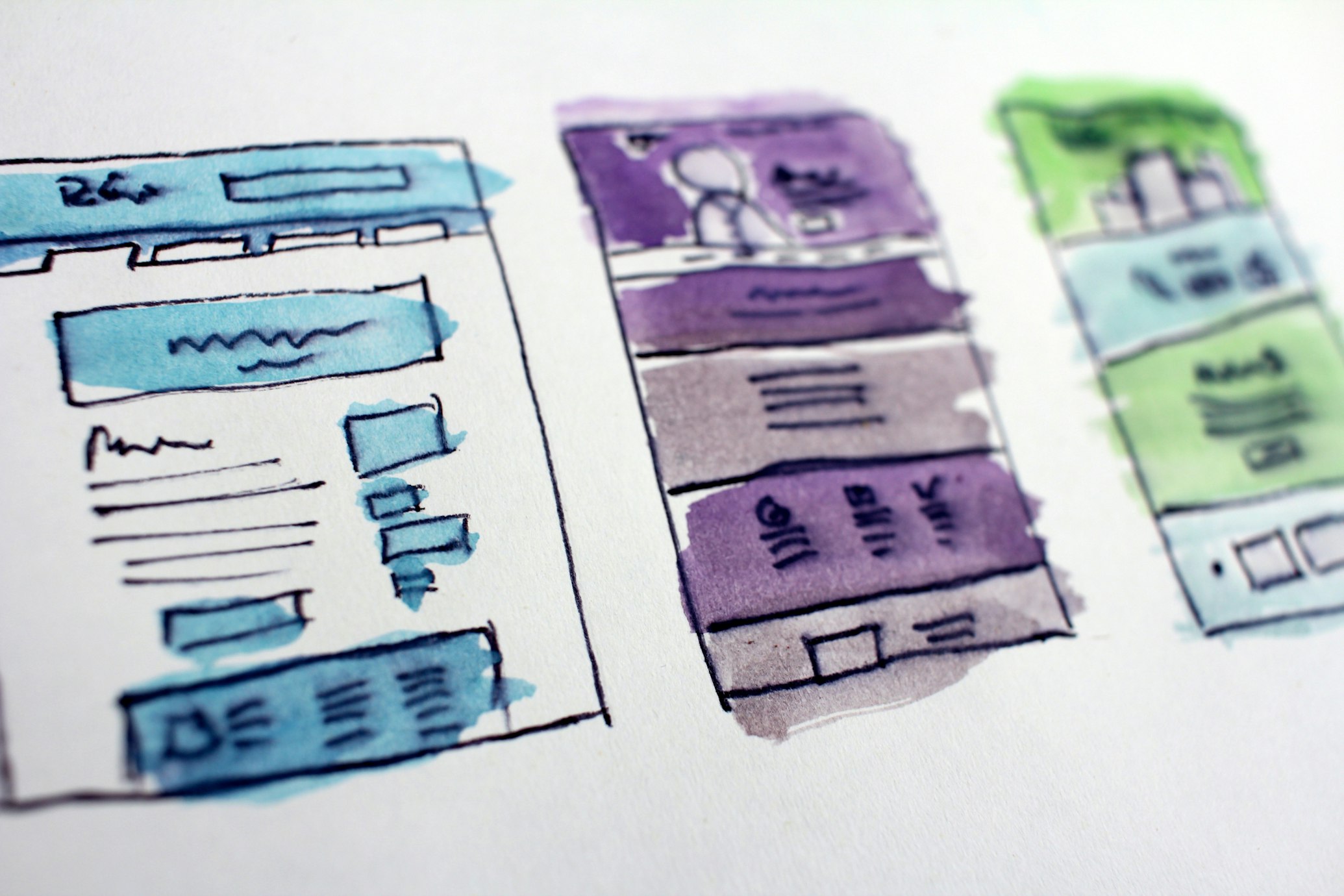The Ultimate 2025 Cloud Security Hacking Guide: From Beginner to $100k
2025 Cloud Hacking Landscape:
- Cloud vulnerabilities account for 38% of all critical bug bounty payouts (HackerOne)
- Average bounty for cloud flaws: $3,500 (vs $1,200 for web apps)
- Top hunters earn $15k-$50k per cloud vulnerability
- AWS remains most targeted (62%), followed by Azure (23%) and GCP (15%)
Chapter 1: Cloud Security Fundamentals
1.1 Understanding Cloud Architecture
Modern cloud environments consist of multiple interconnected services that create complex attack surfaces:
Cloud Security Architecture Diagram

Fig 1.1: Comprehensive cloud architecture showing security layers and potential attack paths
Key Components:
- Identity & Access Management (IAM): The permission backbone controlling who can access what
- Compute Services: Virtual machines, containers, and serverless functions
- Storage Systems: Object storage, databases, and file systems
- Networking: Virtual networks, load balancers, and DNS services
- Management APIs: Control plane interfaces for configuration
1.2 Essential Cloud Concepts
- IAM Policies: JSON documents defining permissions
- Security Groups: Virtual firewalls for resources
- Resource-Based Policies: Permissions attached to services
- AssumeRole: Temporary credential delegation
- Service Control Policies: Organization-wide guardrails
- Public vs Private Endpoints: Network accessibility
- Shared Responsibility Model: Provider vs customer security duties
- CloudTrail/Activity Logs: Audit trails of API calls
- Managed Identities: Automatic credential management
Chapter 2: Top 10 Cloud Vulnerabilities in 2025

| Vulnerability | Avg Bounty | Difficulty | Common in | Example |
|---|---|---|---|---|
| IAM Privilege Escalation | $5,000-$25k | Medium | AWS, Azure, GCP | aws:iam::123456789012:policy/TooPermissivePolicy |
| Storage Bucket Misconfigs | $3,000-$10k | Easy | AWS S3, Azure Blob | Publicly readable customer data |
| Serverless Function Abuse | $4,000-$15k | Medium | AWS Lambda, Azure Functions | Lambda with admin privileges |
| Cloud Metadata Exploits | $2,500-$8k | Easy | AWS EC2, GCP Compute | Instance credential theft |
| Container Escape | $7,000-$30k | Hard | EKS, AKS, GKE | Privileged pod breakout |
| API Gateway Misconfigs | $3,500-$12k | Medium | AWS API Gateway | Unauthenticated internal API access |
| Database Exposure | $4,500-$20k | Medium | RDS, CosmosDB, Firestore | Publicly queryable database |
| SSRF to Cloud Metadata | $6,000-$18k | Medium | All providers | Web app → internal cloud API |
| Cross-Tenant Vulnerabilities | $10,000-$50k | Hard | Azure, AWS Organizations | Accessing other customers' resources |
| Cloud CI/CD Exploits | $8,000-$25k | Hard | CodeBuild, CloudBuild | Pipeline artifact tampering |
Case Study: $28,000 IAM Vulnerability

Discovery: Found an AWS IAM policy that allowed any user to assume admin roles through permission chaining:
{
"Version": "2012-10-17",
"Statement": [
{
"Effect": "Allow",
"Action": "sts:AssumeRole",
"Resource": "arn:aws:iam::123456789012:role/admin-role",
"Condition": {
"StringEquals": {
"iam:PassedToService": "lambda.amazonaws.com"
}
}
}
]
}
Exploitation Path:
- Create Lambda function with admin permissions
- Configure Lambda to assume the admin role
- Execute Lambda to gain admin credentials
Impact: Full account takeover possible in 3 steps.
Key Lesson: Always check AssumeRole permissions and session policies, especially when combined with service principals.
Chapter 3: Cloud Hacking Methodology
Step 1: Reconnaissance

Techniques:
- Cloud Metadata Harvesting: Query instance metadata services (169.254.169.254)
- DNS Enumeration: Discover cloud-specific subdomains (s3.amazonaws.com, blob.core.windows.net)
- GitHub Dorking: Search for exposed cloud credentials and config files
- JS File Analysis: Scan web applications for hardcoded cloud API keys
- Certificate Transparency: Find cloud domains through SSL certs
Tools:
- CloudBrute
- CloudScraper
- GitGot
- Amass
- Burp Suite




0 Comments